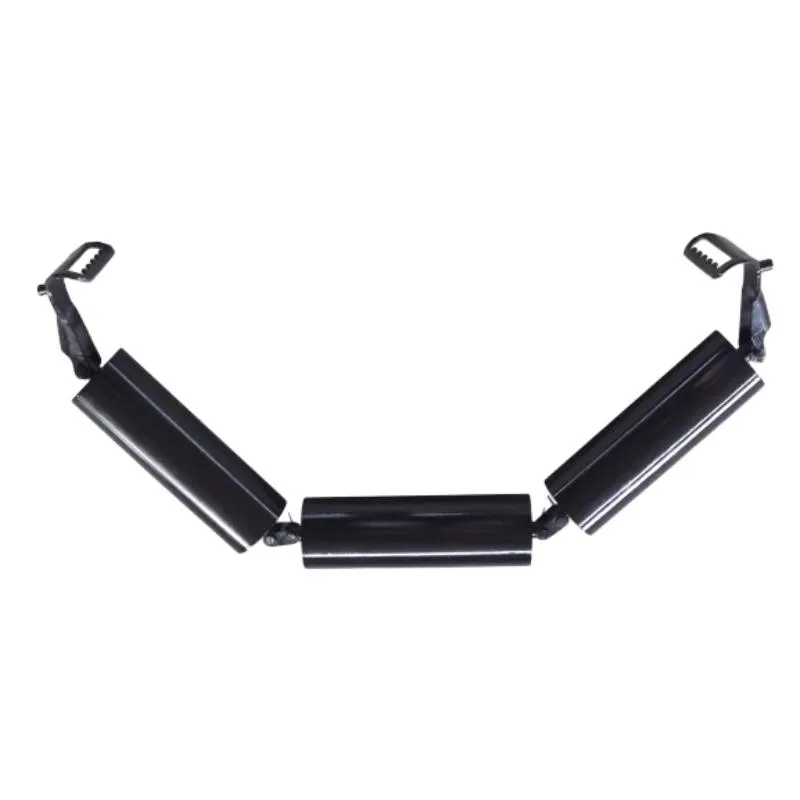 Afrikaans
Afrikaans  Albanian
Albanian  Amharic
Amharic  Arabic
Arabic  Armenian
Armenian  Azerbaijani
Azerbaijani  Basque
Basque  Belarusian
Belarusian  Bengali
Bengali  Bosnian
Bosnian  Bulgarian
Bulgarian  Catalan
Catalan  Cebuano
Cebuano  Corsican
Corsican  Croatian
Croatian  Czech
Czech  Danish
Danish  Dutch
Dutch  English
English  Esperanto
Esperanto  Estonian
Estonian  Finnish
Finnish  French
French  Frisian
Frisian  Galician
Galician  Georgian
Georgian  German
German  Greek
Greek  Gujarati
Gujarati  Haitian Creole
Haitian Creole  hausa
hausa  hawaiian
hawaiian  Hebrew
Hebrew  Hindi
Hindi  Miao
Miao  Hungarian
Hungarian  Icelandic
Icelandic  igbo
igbo  Indonesian
Indonesian  irish
irish  Italian
Italian  Japanese
Japanese  Javanese
Javanese  Kannada
Kannada  kazakh
kazakh  Khmer
Khmer  Rwandese
Rwandese  Korean
Korean  Kurdish
Kurdish  Kyrgyz
Kyrgyz  Lao
Lao  Latin
Latin  Latvian
Latvian  Lithuanian
Lithuanian  Luxembourgish
Luxembourgish  Macedonian
Macedonian  Malgashi
Malgashi  Malay
Malay  Malayalam
Malayalam  Maltese
Maltese  Maori
Maori  Marathi
Marathi  Mongolian
Mongolian  Myanmar
Myanmar  Nepali
Nepali  Norwegian
Norwegian  Norwegian
Norwegian  Occitan
Occitan  Pashto
Pashto  Persian
Persian  Polish
Polish  Portuguese
Portuguese  Punjabi
Punjabi  Romanian
Romanian  Russian
Russian  Samoan
Samoan  Scottish Gaelic
Scottish Gaelic  Serbian
Serbian  Sesotho
Sesotho  Shona
Shona  Sindhi
Sindhi  Sinhala
Sinhala  Slovak
Slovak  Slovenian
Slovenian  Somali
Somali  Spanish
Spanish  Sundanese
Sundanese  Swahili
Swahili  Swedish
Swedish  Tagalog
Tagalog  Tajik
Tajik  Tamil
Tamil  Tatar
Tatar  Telugu
Telugu  Thai
Thai  Turkish
Turkish  Turkmen
Turkmen  Ukrainian
Ukrainian  Urdu
Urdu  Uighur
Uighur  Uzbek
Uzbek  Vietnamese
Vietnamese  Welsh
Welsh  Bantu
Bantu  Yiddish
Yiddish  Yoruba
Yoruba  Zulu
Zulu Understanding the Mechanics of Belt and Pulley Systems for Efficient Power Transmission
Understanding Belt and Pulley Drive Systems
Belt and pulley drive systems are fundamental mechanical assemblies used in various machines and industrial applications. They transfer power between shafts using belts and pulleys, making them a vital component in countless devices—from simple household appliances to complex manufacturing equipment.
Basic Components of Belt and Pulley Systems
At the core of a belt and pulley drive system are two primary components the pulley and the belt. A pulley is a wheel with a grooved rim, designed to guide and support the belt. The belt, typically made of rubber or fabric, fits into the groove of the pulley and serves to transmit power.
There are different types of pulleys, including fixed and movable pulleys, each serving specific functions. Fixed pulleys, which are stationary, can change the direction of the force applied, while movable pulleys can reduce the amount of input force needed to lift an object, effectively mechanical advantage.
Types of Belts
Belts come in various types and sizes, tailored to specific applications
. The most common types include1. Flat belts These are simple, flexible belts used primarily in low-power applications. They operate along flat pulleys and are made from fabric or rubber. Flat belts can be easily adjusted and are suitable for transmitting power over short distances.
2. V-belts Shaped in a trapezoidal profile, V-belts fit snugly into the grooves of pulleys, providing a reliable grip and reducing slippage. They are often used in high-power applications and are favored for their efficiency and durability.
3. Timing belts Equipped with teeth, timing belts ensure precise movement by preventing slippage. They are commonly utilized in applications where strict timing is crucial, such as in automotive engines and synchronous machinery.
Working Principle
belt and pulley drive

The operation of a belt and pulley drive system hinges on the concept of mechanical advantage and the laws of friction. When one pulley is driven by a motor or another power source, it rotates and moves the belt. This motion transfers to the second pulley, which may be connected to another shaft or load.
The efficiency of this system exists in how the tension in the belt interacts with the pulleys. Proper tension ensures that the belts maintain their grip on the pulleys, optimizing power transfer and reducing wear over time. To maintain effective performance, regular monitoring and adjustments may be necessary, particularly in high-usage environments.
Applications of Belt and Pulley Drives
Belt and pulley systems have a vast array of applications across different industries. In manufacturing, they are integral to conveyor systems, enabling the transportation of materials and products along assembly lines. In automotive engineering, these systems are used to drive different components, such as alternators and air conditioning compressors, ensuring that various systems operate efficiently together.
Outside industrial uses, belt and pulley systems are often found in everyday machinery. For example, they are present in lawn mowers, washing machines, and even exercise equipment, providing a reliable means of power transfer without the complexities of gearing mechanisms.
Advantages and Disadvantages
Belt and pulley systems offer several advantages. They are generally simple to install, require minimal maintenance, and can absorb shock loads efficiently. The ability to work over longer distances makes them versatile for various applications.
However, they are not without their disadvantages. The potential for slippage can lead to inefficiencies, especially under load or in high-speed applications. Additionally, belt wear and tear are issues to be managed, necessitating periodic replacement and maintenance.
Conclusion
In summary, belt and pulley drive systems are essential components in many mechanical systems. Their straightforward design, versatility, and efficiency make them indispensable in both industrial and everyday applications. As technology evolves, innovations in materials and design continue to enhance the performance and durability of belt and pulley systems, ensuring their relevance in modern engineering. Understanding these systems enables engineers and operators to utilize them effectively, enhancing productivity and efficiency in their respective fields.
-
Revolutionizing Conveyor Reliability with Advanced Rubber Lagging PulleysNewsJul.22,2025
-
Powering Precision and Durability with Expert Manufacturers of Conveyor ComponentsNewsJul.22,2025
-
Optimizing Conveyor Systems with Advanced Conveyor AccessoriesNewsJul.22,2025
-
Maximize Conveyor Efficiency with Quality Conveyor Idler PulleysNewsJul.22,2025
-
Future-Proof Your Conveyor System with High-Performance Polyurethane RollerNewsJul.22,2025
-
Driving Efficiency Forward with Quality Idlers and RollersNewsJul.22,2025





























